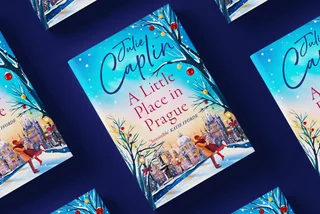Among friends and family, there is another comic figure which is seen as capturing the mentality of the nation and that is Cimrman. Who is he exactly? Cimrman is the great renaissance man of the nineteenth century; playwright, linguist, inventor, explorer, pedagogue, counsel to some of the greatest minds of his age and wholly the invention of Zdeněk Svěrák, actor, playwright and screenwriter and Jiří Šebánek, screenwriter and author. Today, Svěrák writes much of the material with fellow actor Ladislav Smolják. Cimrman has been embraced so much by Czech people that lines from the plays are frequently recited and the plays quickly sell out. He was in the running to win the greatest Czech award, until the show decided to disqualify him for not existing.


